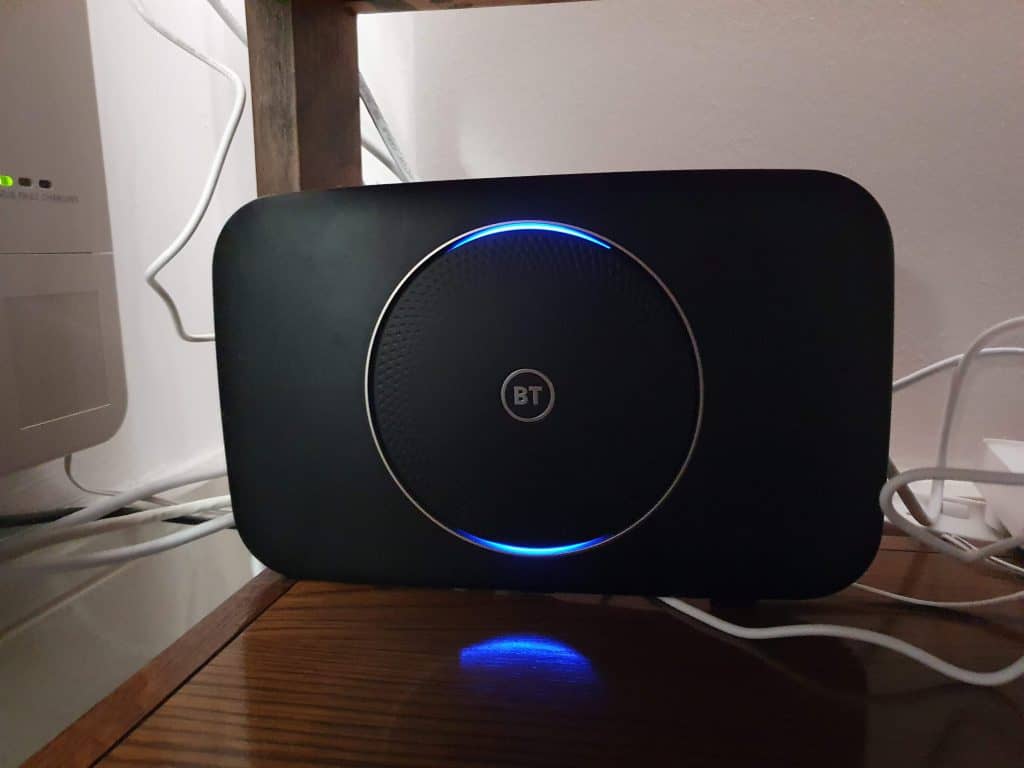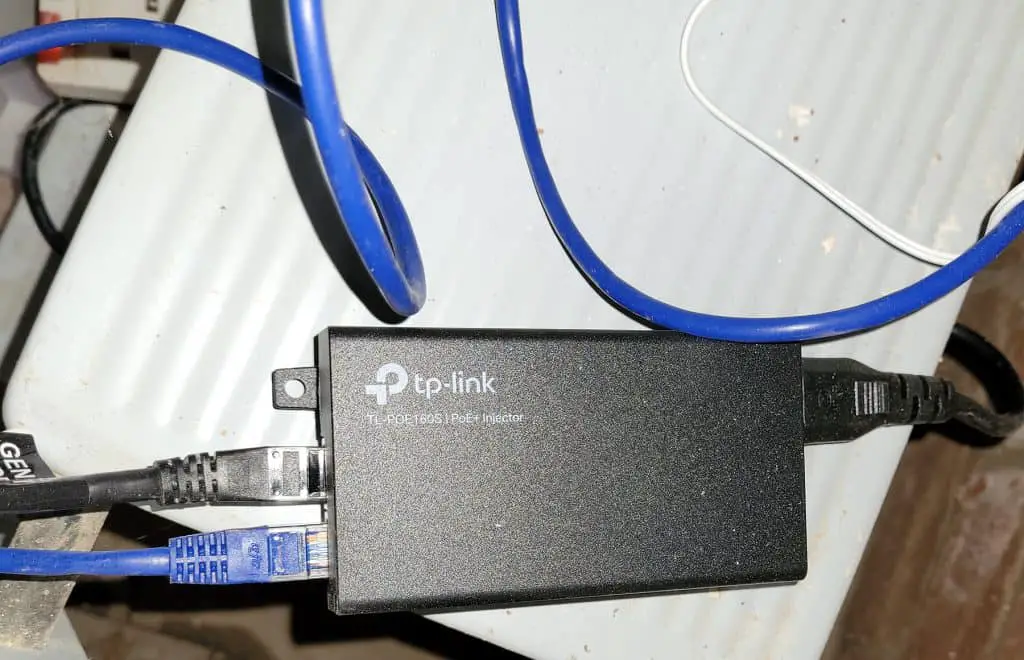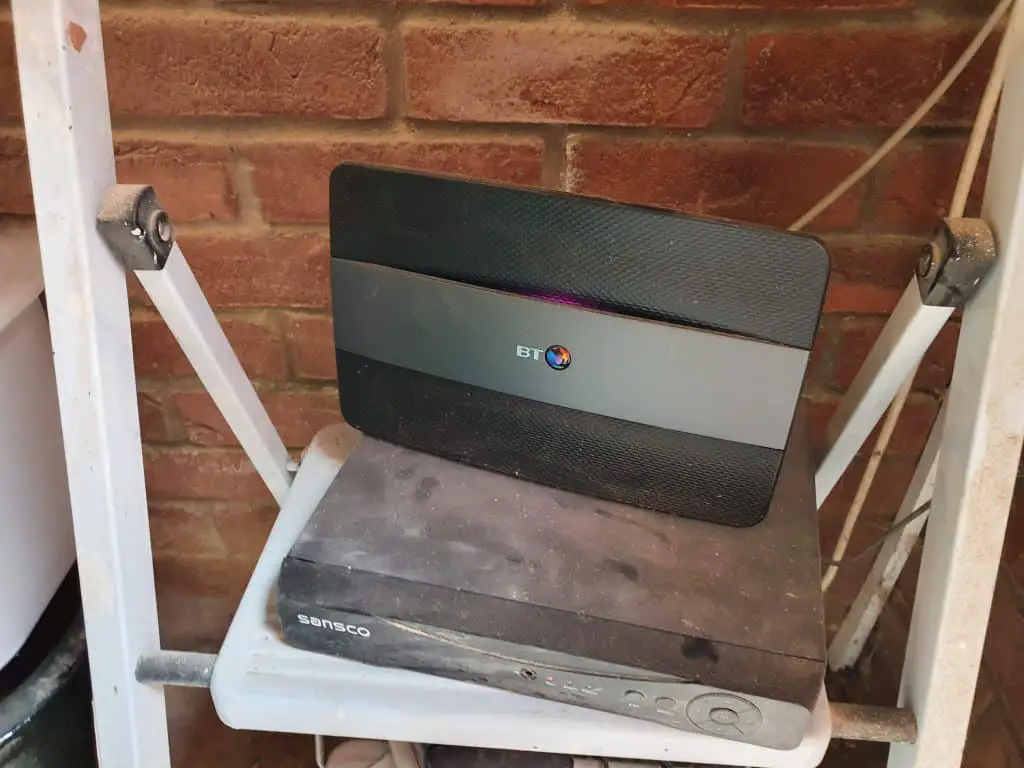Nowadays we have multiple devices in our homes that are connected to the internet through a Wi-Fi system. You may have devices and gadgets such as a smartphone, a smart TV, a laptop, a tablet, a printer, smart bulbs, CCTV cameras, a smart video doorbell system all connected to the Wi-Fi, giving you the convenience of modern technologies.
However, it can be a huge setback and inconvenience if you need to change your Wi-Fi system due to one reason or another. That’s because when you install a new router, you’d have to manually set up and configure your devices one after the other again! This would take a significant amount of work and time, otherwise which you may spend in doing something else productive.
Luckily, there are a few tricks you can use to make this process less laborious. To that end, let’s get to learn more about these tricks below:
1. Retain the SSID and Password/PSK of Your Previous Router

The SSID is an acronym that stands for “Service Set Identifier.” In layman’s language, it refers to the name of a Wi-Fi network. PSK, on the other hand, stands for “Pre-Shared Key.” Simply put, it’s the password of a Wi-Fi network.
This is the easiest trick to have all your gadgets and devices automatically connected again to the internet when you introduce a new Wi-Fi Router. Just give your new router the Wi-Fi name and password of the previous router and you’ll have them online again without re-configuring them one by one.
To give your Wi-Fi router a name and a password, just follow the quick steps below:
Login to your Router’s Admin Console
- Enter your router’s IP address. In most cases, it is one of the following; 192.168.2.1, 192.168.1.1, 192.168.0.1, 10.0.1.1(for Apple routers) or 10.0.0.1(for Xfinity routers).
- Log in with the default username and password. Usually, the username and password are both “admin”, or instead this will be printed on the back of the router.
Change the Wi-Fi Router Name
- Go to the “Wireless” settings (the exact name might vary depending on the router you have).
- Change the default SSID name in the SSID field by entering the old router’s name.
- Click Apply or Save, depending on your device model.
Change the Wi-Fi Router Password
- Go to “Settings” or “Wireless” (the exact step will vary depending on your routeR).
- Select Change Router Password.
- Enter the new password.
- Click Apply or Save, depending on your router model.
N/B: Your Wi-Fi router has a configuration screen with menu options that allow you to enter all the above details. If it doesn’t, you can sometimes do this instead on your smartphone, tablet, PC by opening your router’s configuration page.
2. Use a Whole Home Wi-Fi Mesh System
Now, a home Wi-Fi mesh system is a set of portable devices that help strengthen and expand the coverage of your Wi-Fi router at home. This ensures faster internet speeds and a reliable connection within your home.
You’ll find that many mesh systems come with 3 or more identical portable devices—a primary device with a cable that connects to your Wi-Fi modem and secondary devices that connect with the primary one wirelessly. These are meant to be placed at different spots within your home to improve your Wi-Fi strength in your home.
As long as the mesh system is operational, it will automatically connect with all of your devices without prior re-configuration of each device. That’s one of the biggest advantages of this system.
You could also use this mesh system in addition to whatever router your ISP gives you, and always connect your smart devices to this mesh system instead. This means that even if your router changes, it won’t matter because your devices are already setup to the mesh Wi-Fi network.
3. Use Ethernet

Maybe you have a Wi-Fi router solely for connecting your PC to the internet, like in my case. In that case, you don’t have to reconfigure your laptop or desktop internet connection settings if you replace your Wi-Fi router, thanks to the ethernet option.
Just buy an ethernet cable and use it to connect your compatible smart devices directly to the router and, therefore, the internet.
The only downside here is that not all smart devices support ethernet. Some of Nest and Ring’s cameras do (such as the Ring Stick-up Cam Elite), but many of their other devices still require Wi-Fi – so this option won’t work for your entire smart home.
When To Change Your Wi-Fi Router

1. Router Failure
Just like other electronic gadgets, Wi-Fi routers are prone to failure. This can be as a result of general wear and tear, poor handling, or any other reason. If your router fails, you may need to replace it because rarely will you find a repair service.
2. When You Have An Increased Number of Devices More Than What Your Router Supports
The maximum number of devices supported does vary from one Wi-Fi router model to another. For example, some routers support up to 20 devices whereas others work with a maximum of 30 devices, and so on. As such, you’ll need to change your router if the number of your devices can no longer be supported by your existing router.
3. When You Want a More Powerful Wi-Fi Router
One of the things that buyers look at in determining how powerful a Wi-Fi router is in the frequency band. Routers work using one of these three frequency bands—6 GHz, 5GHz and 2.4GHz. 5GHz and 6GHz WiFi signals tend to be weaker than 2.4GHz, but they also offer much faster speeds.
So you may need to upgrade your Wi-Fi router if you want something more powerful than what you have, such as a 2.4 Ghz-only Wi-Fi router.
Final Thoughts
Wi-Fi routers now play a central role not only in smart homes but traditional homes as well in this digital era where many personal gadgets, as well as home gadgets, are designed to connect to the internet. It’s not surprising to find an ordinary home that has more than 20 devices connected to the internet at the same time—from several smart TVs (one in the living room, one in the dining room, and one in each bedroom) to various smartphones and laptops belonging to the family members.
A Wi-Fi router allows these devices to harmoniously connect to the internet and provide added functionalities as well as convenience. If you change your router, however, you can find yourself in a painful situation of having to re-configure all your devices one by one to match the configurations of your new router. With the easy tricks above though, you can avoid this situation.